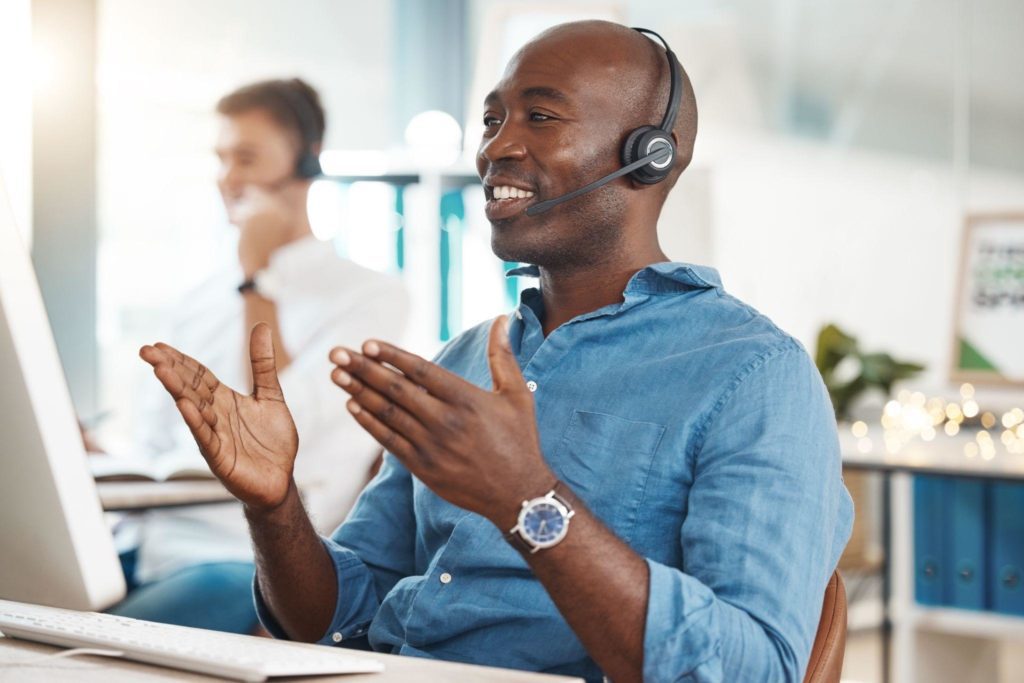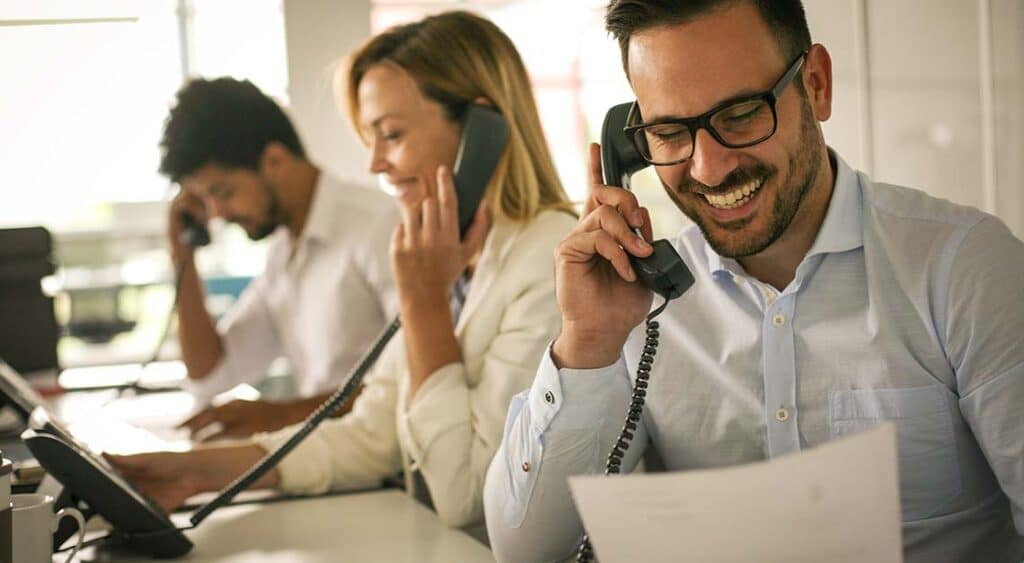All Categories
Featured
Table of Contents
- – What Is The Best Spring Automated Answering Ser...
- – What's The Best Telephone Answering Service: W...
- – What The Best How To Start An Answering Servic...
- – Who Is The Best What Is An Answering Service?...
- – What Is The Best Telstra Voice Features & Ser...
- – How To Choose The Best Melbourne Telephone A...
What Is The Best Spring Automated Answering Services - How Do They Work?
This gadget and its successors were developed by Sava Jacobson, an electrical engineer with a private consulting organization. While early answering makers used magnetic tape innovation, the majority of modern equipment uses solid state memory storage; some gadgets utilize a combination of both, with a solid-state circuit for the outbound message and a cassette for the incoming messages.
"toll saving" below) (professional phone answering service). This works if the owner is screening calls and does not want to consult with all callers. In any case after going, the calling celebration needs to be notified about the call having been answered (in many cases this starts the charging), either by some remark of the operator, or by some welcoming message of the little bit, or addressed to non-human callers (e.
This holds specifically for the Little bits with digitally kept greeting messages or for earlier devices (prior to the increase of microcassettes) with an unique unlimited loop tape, separate from a 2nd cassette, committed to recording. There have been answer-only devices with no recording capabilities, where the greeting message had to notify callers of a state of present unattainability, or e (professional phone answering service).
What's The Best Telephone Answering Service: What It Is And Why It Isn't Enough On The Market

about schedule hours. In recording TADs the greeting normally consists of an invite to leave a message "after the beep". A voice mail that uses a microcassette to tape messages On a dual-cassette answerphone, there is an outgoing cassette, which after the specified number of rings plays a pre-recorded message to the caller.

Single-cassette voice mail consist of the outbound message at the beginning of the tape and inbound messages on the remaining area. They first play the announcement, then fast-forward to the next readily available area for recording, then record the caller's message. If there are many previous messages, fast-forwarding through them can cause a substantial delay.
This beep is typically referred to in the welcoming message, requesting that the caller leave a message "after the beep". Littles with digital storage for the recorded messages do not reveal this hold-up, of course. A TAD may offer a push-button control center, where the answerphone owner can sound the house number and, by entering a code on the remote telephone's keypad, can listen to recorded messages, or erase them, even when away from house.
What The Best How To Start An Answering Service Business Brand To Buy

Thus the maker increases the number of rings after which it addresses the call (typically by 2, leading to 4 rings), if no unread messages are currently saved, but responses after the set number of rings (usually two) if there are unread messages. This enables the owner to discover whether there are messages waiting; if there are none, the owner can hang up the phone on the, e.
Some machines also allow themselves to be from another location activated, if they have been changed off, by calling and letting the phone ring a particular a great deal of times (generally 10-15). Some service providers desert calls already after a smaller number of rings, making remote activation difficult. In the early days of TADs an unique transmitter for DTMF tones (dual-tone multi-frequency signalling) was regionally required for remote control, given that the formerly utilized pulse dialling is not apt to communicate suitable signalling along an active connection, and the dual-tone multi-frequency signalling was executed stepwise.
Any incoming call is not recognizable with regard to these homes in advance of going "off hook" by the terminal equipment. So after going off hook the calls should be switched to proper gadgets and only the voice-type is right away available to a human, however perhaps, nevertheless need to be routed to a TAD (e.
Who Is The Best What Is An Answering Service? Company
What if I told you that you do not need to really select up your gadget when addressing a consumer call? Somebody else will. So hassle-free, ideal? Addressing call doesn't need someone to be on the other end of the line. Efficient automated phone systems can do the trick just as effectively as a live representative and often even much better.
An automatic answering service or interactive voice reaction system is a phone system that interacts with callers without a live individual on the line - virtual call answering service. When companies use this innovation, customers can get the answer to a concern about your business just by utilizing interactions set up on a pre-programmed call circulation.
Although live operators upgrade the client service experience, numerous calls do not need human interaction. A basic recorded message or guidelines on how a customer can retrieve a piece of info generally resolves a caller's immediate requirement - professional phone answering service. Automated answering services are a simple and effective method to direct inbound calls to the ideal individual.
What Is The Best Telstra Voice Features & Services - Home Phone Manufacturer
Notification that when you call a business, either for support or product query, the very first thing you will hear is a pre-recorded voice welcoming and a series of choices like press 1 for customer support, press 2 for questions, and so on. The pre-recorded choices branch off to other choices depending upon the customer's choice.
The phone tree system assists direct callers to the ideal individual or department using the keypad on a smart phone. In some instances, callers can use their voices. It's worth noting that auto-attendant choices aren't limited to the ten numbers on a phone's keypad. When the caller has chosen their very first option, you can develop a multi-level auto-attendant that uses sub-menus to direct the caller to the right kind of help.
The caller does not have to interact with an individual if the auto-attendant phone system can handle their issue. The automated service can path callers to a staff member if they reach a "dead end" and require assistance from a live agent. It is expensive to employ an operator or executive assistant.
How To Choose The Best Melbourne Telephone Answering Service : Virtual Reception
Automated answering services, on the other hand, are substantially less expensive and provide substantial cost savings at approximately $200-$420/month. Even if you do not have dedicated personnel to deal with call routing and management, an automatic answering service improves productivity by enabling your group to concentrate on their strengths so they can more efficiently spend their time on the phone.
A sales lead routed to client service is a lost shot. If a consumer who has product questions reaches the wrong department or gets insufficient responses from well-meaning employees who are less trained to handle a particular type of question, it can be a cause of disappointment and discontentment. An automatic answering system can reduce the number of misrouted calls, thus helping your workers make much better use of their phone time while freeing up time in their calendar for other jobs.
With Automated Answering Systems, you can create a tailored experience for both your personnel and your callers. Make a recording of your primary welcoming, and simply update it routinely to show what is going on in your organization. You can produce as lots of departments or menu options as you want.
Table of Contents
- – What Is The Best Spring Automated Answering Ser...
- – What's The Best Telephone Answering Service: W...
- – What The Best How To Start An Answering Servic...
- – Who Is The Best What Is An Answering Service?...
- – What Is The Best Telstra Voice Features & Ser...
- – How To Choose The Best Melbourne Telephone A...
Latest Posts
Fast Virtual Phone Answering Near Me – QLD
Call Answering Service Near Me – Perth
Efficient Small Business Answering Service ( Australia)
More
Latest Posts
Fast Virtual Phone Answering Near Me – QLD
Call Answering Service Near Me – Perth
Efficient Small Business Answering Service ( Australia)